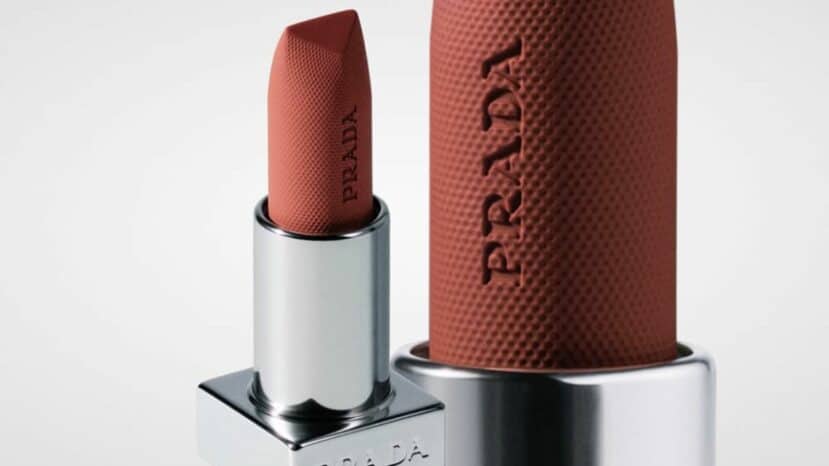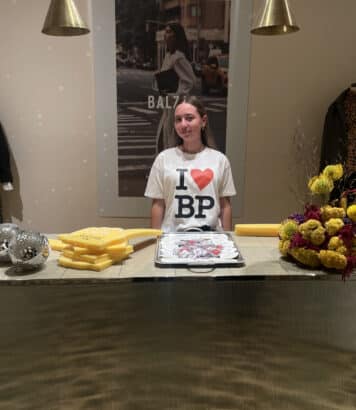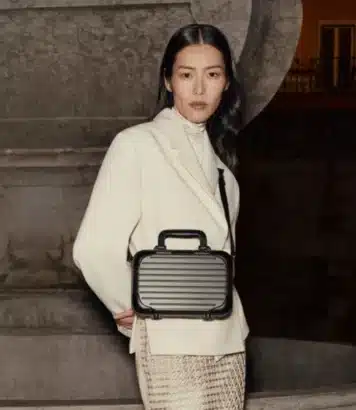The explosion of beauty brands in advertising: revolution or saturation?

Never before has the beauty sector invested so much in capturing the public’s attention. In 2024, an unprecedented influx of brands took over the French advertising landscape, upsetting traditional balances. A strategic turning point revealing the tensions – and opportunities – running through this ultra-competitive universe.
Rising power driven by challengers
The latest report from Kantar Media confirms that the hygiene and beauty sector has risen to 5th place in the French advertising market. With a gross investment of 2.7 billion euros, the sector captures a 6.4% share of voice, well above the national average. While giants such as L’Oréal, Unilever and Beiersdorf are maintaining their double-digit growth momentum, it is above all the massive arrival of new brands that is redrawing the market map.
These young labels, often positioned in niche or emerging segments, use agile levers to make themselves heard. Without the budgets of multinationals, they favor accessible formats such as display, but above all social networks. Instagram, TikTok and Facebook are becoming essential territories of expression for these players, who finely target their audience while circumventing the constraints of traditional media.
Social networks: beauty’s real advertising playground
A shift is underway. Kantar now observes more advertisers active on social platforms than on all major media combined. This historic inversion reveals a profound change in communication strategies: more direct, more immersive, often embodied by influencers or native formats, beauty advertising is consumed as content in its own right. It’s a shift that reflects changing usage patterns… but also a possible saturation of traditional formats.
The decline in engagement campaigns: a worrying trend?
Another strong signal from 2024 is the 26% drop in campaigns highlighting CSR commitments. Fewer messages on sustainability, fewer ethical stories. Brands are refocusing on products, innovation and performance. This disengagement raises questions: can beauty appeal without a social conscience? Does this shift reflect brand fatigue or a strategic repositioning?
Also read: Swiss watches back on the rise… but not everywhere




